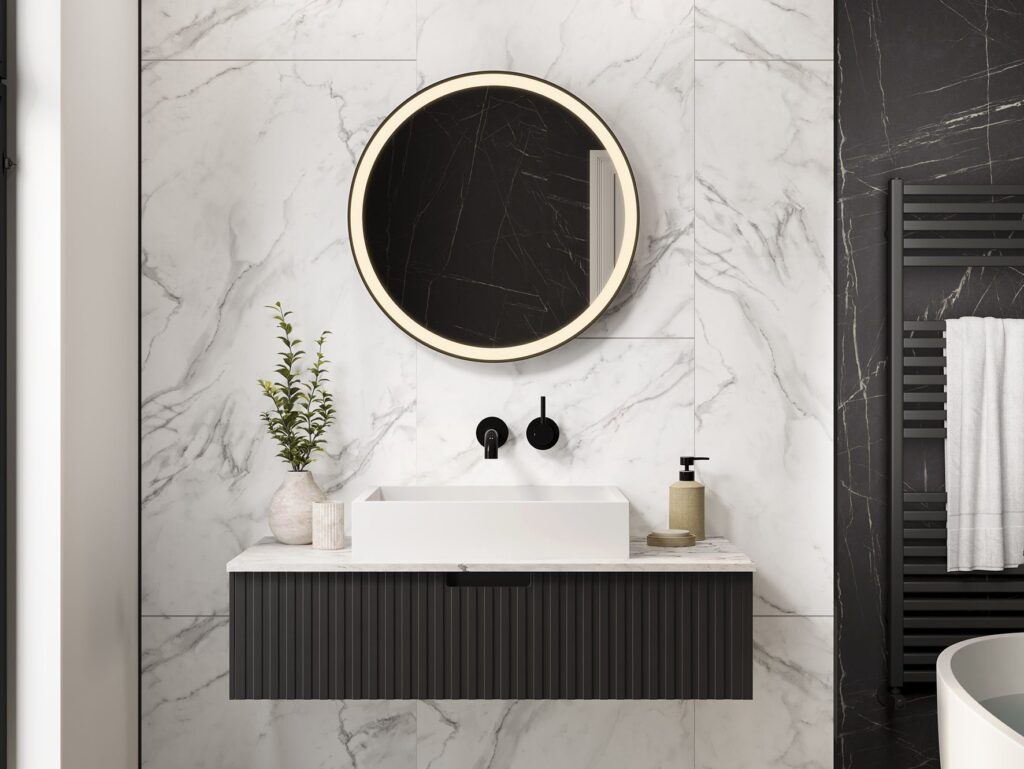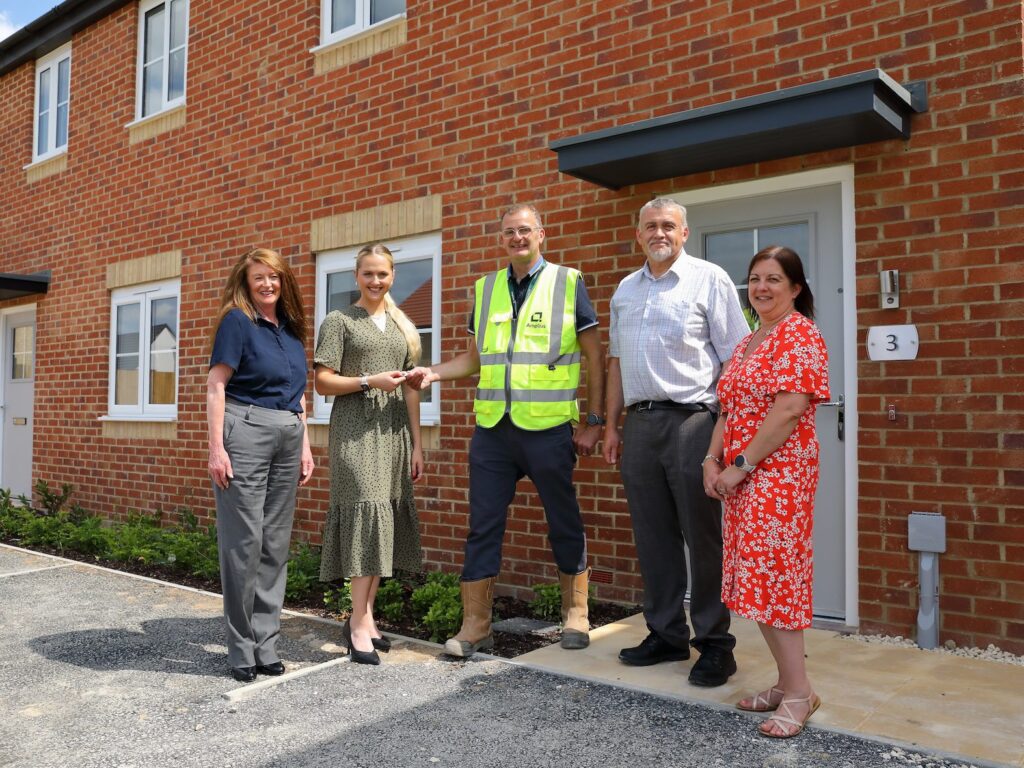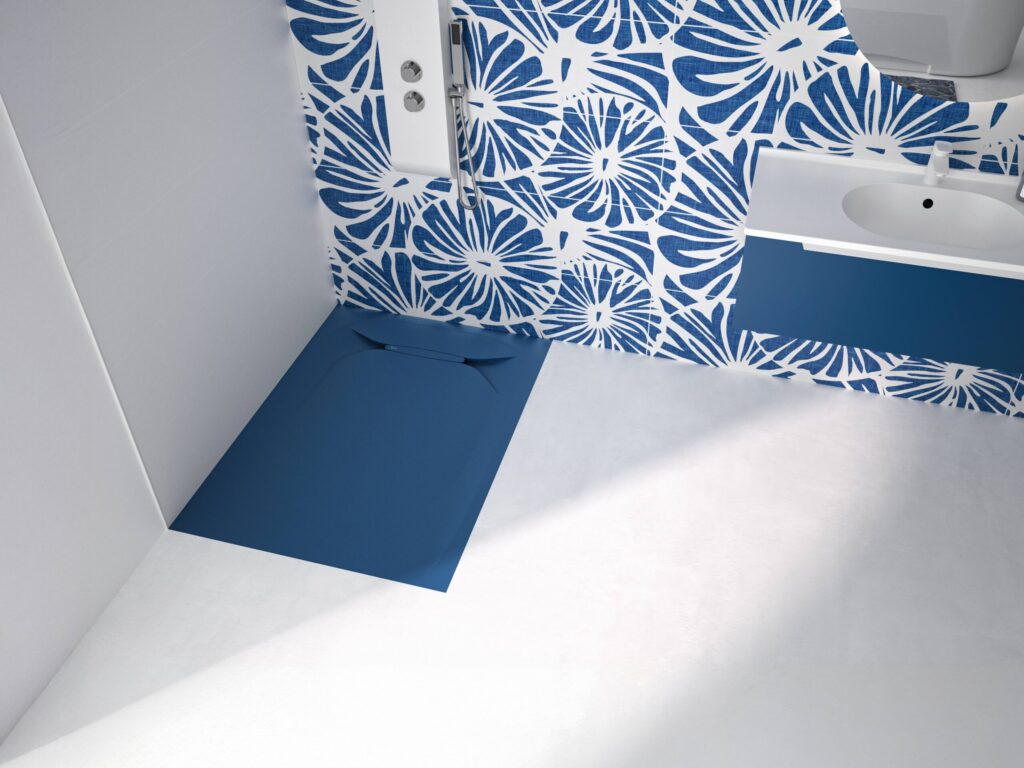Showhome Editor Joseph Clarke examines the latest innovations in roofing, cladding and insulation – the elements that define a home’s character and resilience
As our homes continue to rapidly evolve, with competition among housebuilders remaining fierce as consumer expectations are on the rise, the integration of state-of-the-art technologies has become much more than a mere trend – it’s a necessity. These technologies not only amplify the aesthetic allure of residential properties but also escalate their functional efficiency and environmental sustainability. As urban density grows and energy costs soar, the importance of incorporating sophisticated building techniques cannot be understated.
Builders and developers are increasingly pushed to find innovative solutions that offer more than just shelter. Today’s homeowners demand dwellings that are not only visually appealing but also structurally sound, highly efficient, and built to last. In this context, significant attention is turned towards the essential components of any house – the roof, the outer walls, and the layers in between – The elements that are critical in defining both the character and the climate resilience of the building.
Roofing
The roof serves as a critical component of home design, not merely as protection from weather extremes but also as a significant contributor to a home’s overall energy management system – a facet that is becoming increasingly important for both home builders and homeowners.
In order to keep pace with this rising demand for energy-efficient dwellings, roofing solutions have evolved, bringing about a diverse range of materials and designs that offer enhanced durability, weather resistance and improved insulation properties, which in turn contributes to a more sustainable and cost-efficient home environment.
One of the most transformative innovations in the roofing sector has been the integration of solar technology into roofing materials. Tesla, a pioneer in renewable energy technology, has introduced its Solar Roof tiles, which seamlessly blend the functionality of solar panels with the aesthetics of traditional roofing materials. These tiles are designed to capture sunlight and convert it into electricity, potentially reducing utility bills dramatically and contributing to a home’s energy independence. Furthermore, Tesla’s Solar Roof is engineered for all-weather durability, making it as robust as it is technologically advanced.
German installer Zimmerei & Photovoltaik Baumann Falk are also at the forefront of this technological innovation having observed that the return on investment is too high to not be taken full advantage of. Managing Director, Falk Baumann, explained that “the investment for solar roofs is around one and a half times that of conventional tiled roofs, depending on the situation – and after just a few years in operation, the solar roof is already cheaper.”
Looking back on many years of experience in the installation of solar roofs, Falk gave further details:
“We installed the ‘Level’ solar roof from Swiss solar manufacturer Megasol on our company building. As with many other projects, this has shown that a large proportion of the costs are also incurred with a conventional roof renovation: Planning, access routes, scaffolding, wooden battens, roof covering (e.g. tiles) installation costs etc. The additional price is only made up of solar modules, cabling and inverters.”
This additional price is soon recouped thanks to the high electricity yields, Baumann explained. After that, the solar roof pays for itself, making it cheaper than a conventional tiled roof. “A normal tiled roof can’t do that,” he added.
Beyond solar integration, there has also been a significant push towards green or living roofs. These roofing systems support the growth of vegetation as part of the roof itself, providing excellent insulation, reducing stormwater runoff, and even combating urban heat. Companies like Bauder are at the forefront of this technology, offering systems that not only support plant life but also contribute to better air quality and biodiversity within urban settings. Green roofs are part of a broader trend towards more ecological building practices, appealing to environmentally conscious consumers and developers alike.
Download the latest issue to continue reading this exclusive feature and more!
Read more news and exclusive features in our latest issue here.
Never miss a story… Follow us on:
Showhome
@Your_Show_Home
@Showhomemag
Media Contact
Joseph Clarke
Editor, Showhome
Tel: +44 (0) 1622 823 920
Email: [email protected]











